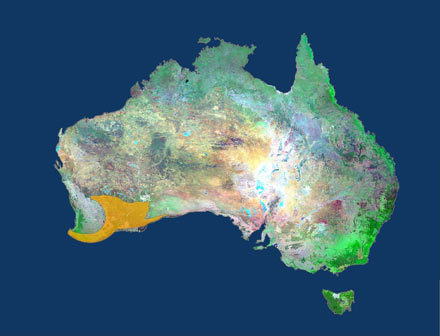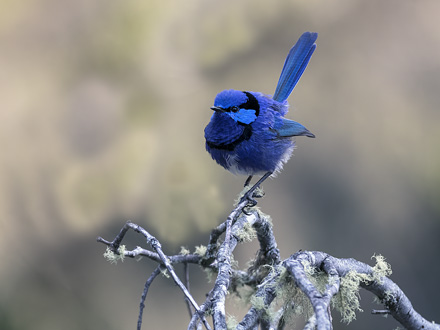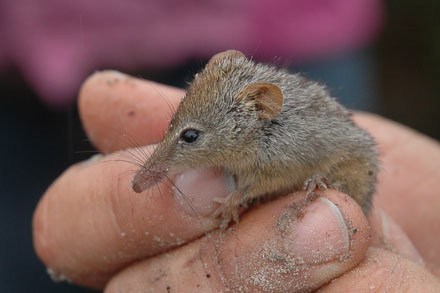The inspiration
The southwestern corner of Australia is internationally recognised as a biodiversity hotspot, partly because of its species diversity, but also because those species and communities are being lost to a host of environmental assaults. Two-thirds of the vegetation in south-western Australia has been cleared. Over much of the agricultural region, many areas have less than 5-10% of their original bushland left.

Even the largest patches of bush are unable to guarantee the survival or continued evolution of species if they remain isolated from each other within ecologically hostile landscapes where key ecological processes are no longer functioning.
Many bird and animal species have been reduced to small isolated populations that are under continual stress. With birds, scientists predict we could lose 50% of the remaining species from the main agricultural areas within 50 years. For example, the Western Whipbird is now virtually extinct in the main ‘wheatbelt’ and only occurs in the larger south coast remnants. The Western Ground Parrot, a species dependant on long unburnt habitat, is down to a total population of about 100 birds. As far back as 1978, the WA Museum reported that only one reserve in the southern ‘wheatbelt’ was considered large enough to retain its current assemblage of mammals in the long term.
Until these areas are reconnected they will continue to lose even ‘common’ species.

The solution
“Reconnected country, from the karri forests of the far south-west to the woodland and mallee bordering the Nullarbor, in which ecosystem function and biodiversity are restored and maintained.”
Only across one part of south-western Australia is the basic ecological integrity and connectivity that supported the proliferation of the south-west’s biological magnificence almost still intact. Along 1000kms we already have over 900kms of intact habitat, much managed as national Park and Nature reserve.
The biggest “breaks” along this 1000kms are in the areas either side of Stirling range national park – through to the Forests and the Fitzgerald, and south to the Porongurups. Much of these gaps in the Link were only cleared 50-60 years ago and that makes effective restoration easier to achieve than elsewhere.
We can reconnect these critical bushland areas and strengthen the connection with the inland. This will restore ecological connectivity and, in the cleared areas, restore land that is too fragile to farm. We will have, stretching over 1000kms, a series of core wilderness areas, linked by continuous belts of habitat and surrounded by supportive land uses.
- Ecological resilience: Our ecological systems are changing drastically. Lots of existing species will be lost, a tough fact we all have trouble getting used to. But if we can retain the inherent qualities of key systems – their ability to adapt and make the most of changed circumstances – then at least those systems have a good chance of surviving and adapting, along with many of the species they hold. It’s from those systems that the natural world will renew itself.
- Leading by example: In a world that can seem paralysed by the immensity of the ecological and energy challenges facing us, it is important for individuals, groups and communities to tackle what they can. Being fundamentally strategic, breaking immense problems into ambitiously achievable chunks, showing real progress, and then getting more strategic and ambitious, is what we can all do. We hope that our work in Western Australia will inspire locals and Australians in other areas too.
Gondwana Link is specifically designed to seize our best chance of retaining resilient ecological systems across a key spectrum of Australian habitats – addressing current ecological decline while significantly mitigating the impacts of accelerated climate change and learning how to best sequester carbon in both natural and restored habitats.





